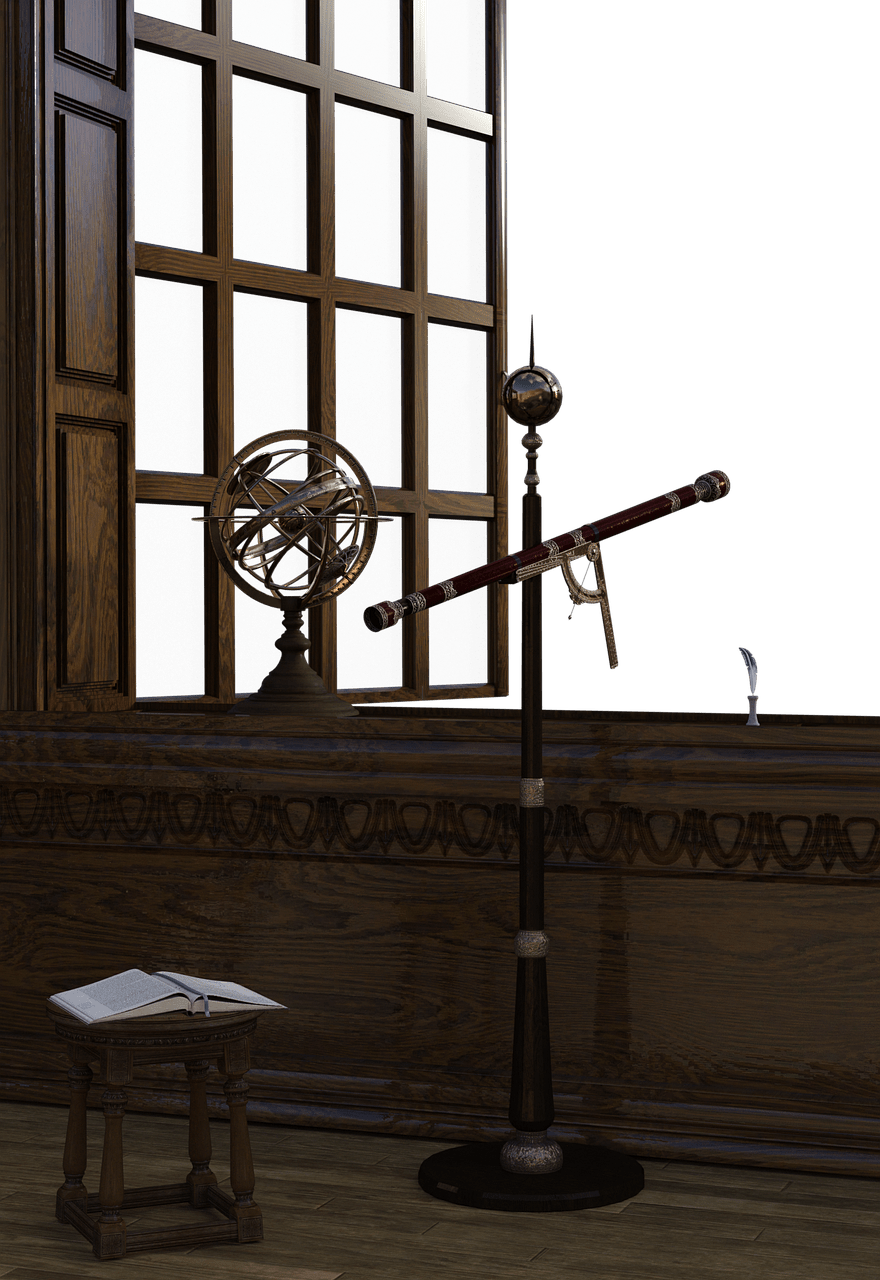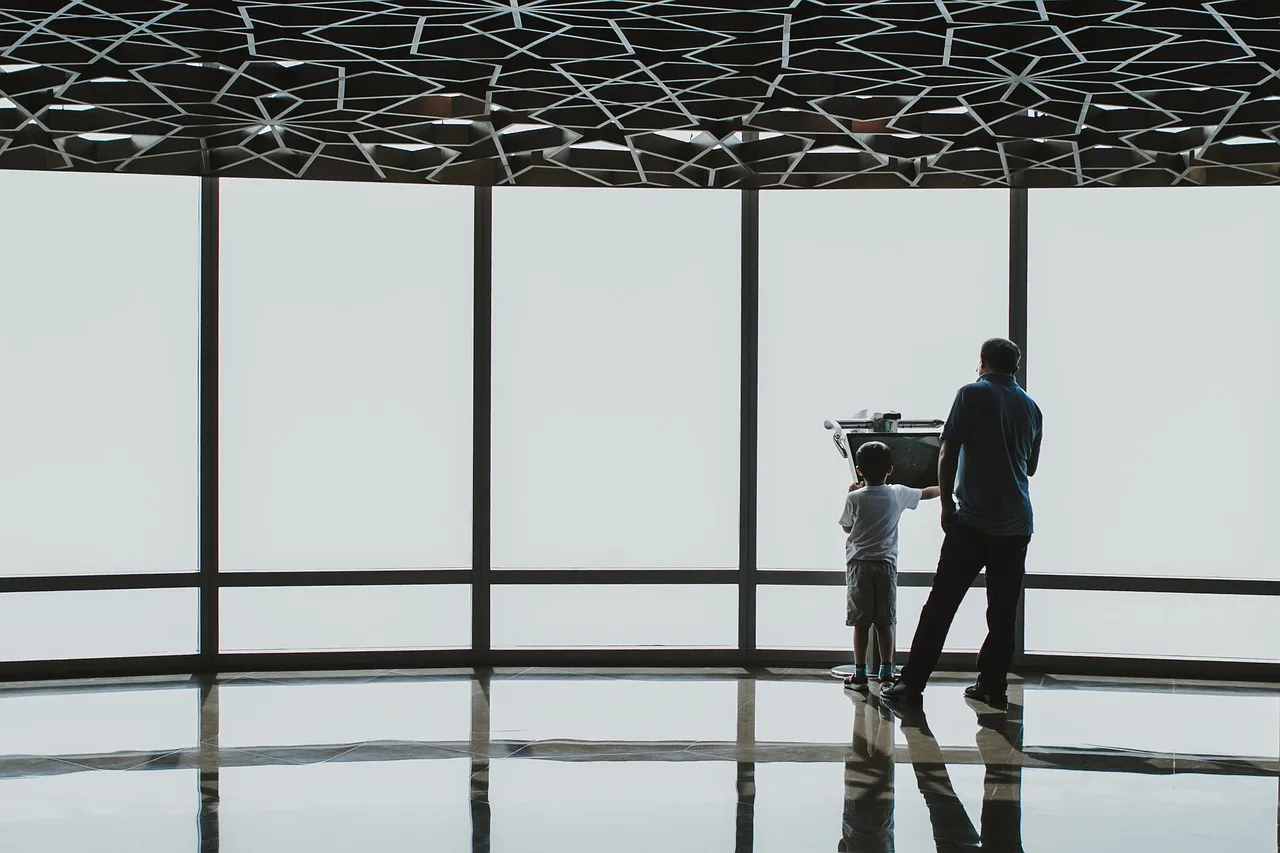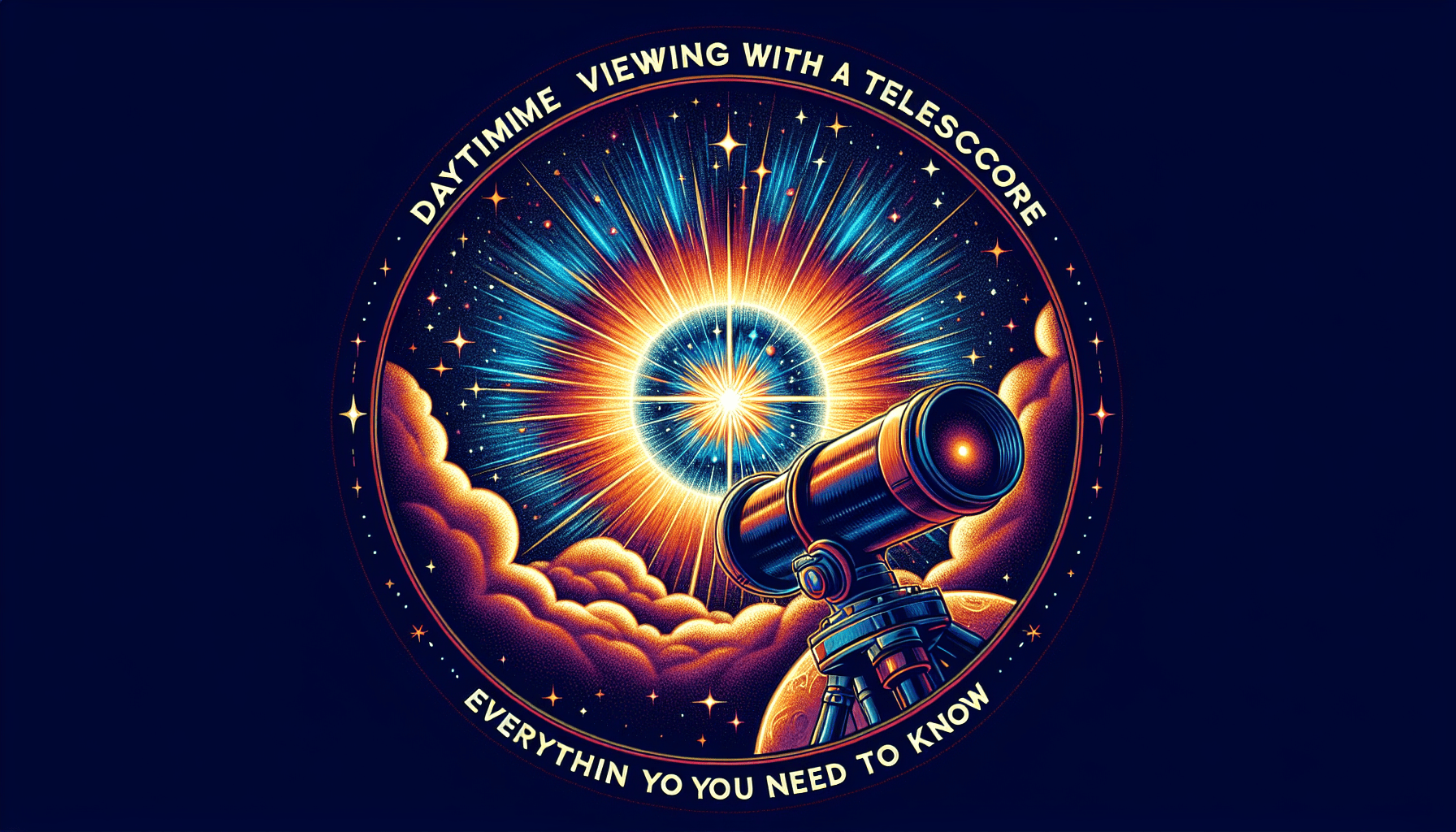Imagine this: it’s a beautiful sunny day, and you find yourself with a telescope in hand, gazing up at the vast sky. But wait, shouldn’t telescopes only be used at night to observe celestial wonders? Well, my friend, let me tell you something exciting: you can indeed use a telescope during the daytime too! In this article, we’ll explore everything you need to know about daytime viewing with a telescope.
From the benefits it brings to your life to the intriguing opportunities it opens up, we’ll cover it all. So, put on your sunglasses, grab that telescope, and let’s embark on a journey of exploration and wonder. can I use a telescope during the daytime? Let’s find out.
Table of Contents
Daytime viewing with a telescope: Everything you need to know
Understanding the Basics of Daytime Telescope Use
The logic behind daytime astronomical observations
Have you ever wondered if you can use a telescope during the daytime? Well, the answer is a resounding yes! While telescopes are often associated with stargazing at night, they can also be a fantastic tool for observing celestial bodies and phenomena during the day. Daytime telescope observations provide a unique perspective on our world and the universe around us. So, let’s delve into the logic behind daytime astronomical observations.
During the day, the skies offer a wealth of fascinating objects to explore. From the Sun to the Moon and other celestial bodies, there is a whole universe waiting to be discovered. Daytime telescope use allows us to witness awe-inspiring events such as solar flares or observe the formations on the lunar surface in incredible detail. By utilizing a telescope specifically designed for daytime use, you can unlock a whole new dimension of exploration.

Potential obstacles and solutions in daytime telescope use
Using a telescope during the daytime comes with its own set of challenges. The most obvious obstacle is the brightness of the Sun, which can make it difficult to observe without proper filters. Additionally, atmospheric conditions, such as heat waves, can distort the image quality and affect your viewing experience. Fear not, though, as there are solutions to overcome these obstacles.
To safely observe the Sun, solar filters are an absolute necessity. These specially designed filters protect your eyes and equipment from harmful solar radiation, allowing you to view the Sun without any worries. Certain telescopes also come with built-in solar filters, ensuring a safe and enjoyable experience. Additionally, utilizing accessories such as star diagonals can help counteract atmospheric distortions, resulting in clearer images.

Key differences between daytime and nighttime telescope use
While telescopes can be used both during the day and at night, there are significant differences between the two experiences. Daytime telescope use focuses on objects within our solar system, such as the Sun, Moon, and planets, while nighttime observations primarily involve distant stars, galaxies, and nebulae. The brighter conditions during the day make it easier to locate and track objects, while nighttime viewing requires a darker environment to observe the fainter celestial bodies.
Daytime telescope use also offers the advantage of observing celestial objects in their natural light. Unlike nighttime observations, where celestial bodies are illuminated by starlight, daytime viewing allows us to witness the Sun’s brilliance firsthand. This unique experience provides a deeper understanding of our solar system and its components.
Choosing the Right Telescope for Daytime Observations

Features to look for in a daytime telescope
Now that you’re excited to explore the wonders of the daytime sky, let’s talk about what features to consider when choosing a telescope for daytime observations. While many telescopes can be used for both daytime and nighttime use, certain features enhance the daytime viewing experience.
One essential feature to look for is a telescope with a large aperture. The aperture determines the amount of light gathered by the telescope, allowing for brighter and more detailed images. Additionally, a telescope with a good focal length is ideal for capturing fine details during the day. Consider a telescope with a built-in solar filter or one that is compatible with solar filters to ensure safe observations of the Sun.

Comparison between different types of telescopes for daytime use
When it comes to choosing the right type of telescope for daytime use, there are several options available. Refractor telescopes, known for their durability, are a popular choice for both daytime and nighttime observations. Their sealed optical tubes also make them less prone to dust or dew accumulation.
On the other hand, reflector telescopes offer larger apertures for improved light gathering capabilities, making them suitable for detailed observations during the day. Reflector telescopes often come at a more affordable price point, making them an excellent option for beginners.
Catadioptric telescopes combine both refractor and reflector elements, providing a compact and versatile tool for daytime exploration. With their ability to correct for optical aberrations, catadioptric telescopes offer impressive image quality.
Consider your specific preferences and requirements when choosing between these types of telescopes. It’s also worth noting that while some telescopes are marketed specifically for daytime use, most telescopes can be adapted with the right accessories for both day and night viewing.

Related site – CAN TELESCOPES BE USED DURING THE DAY?
